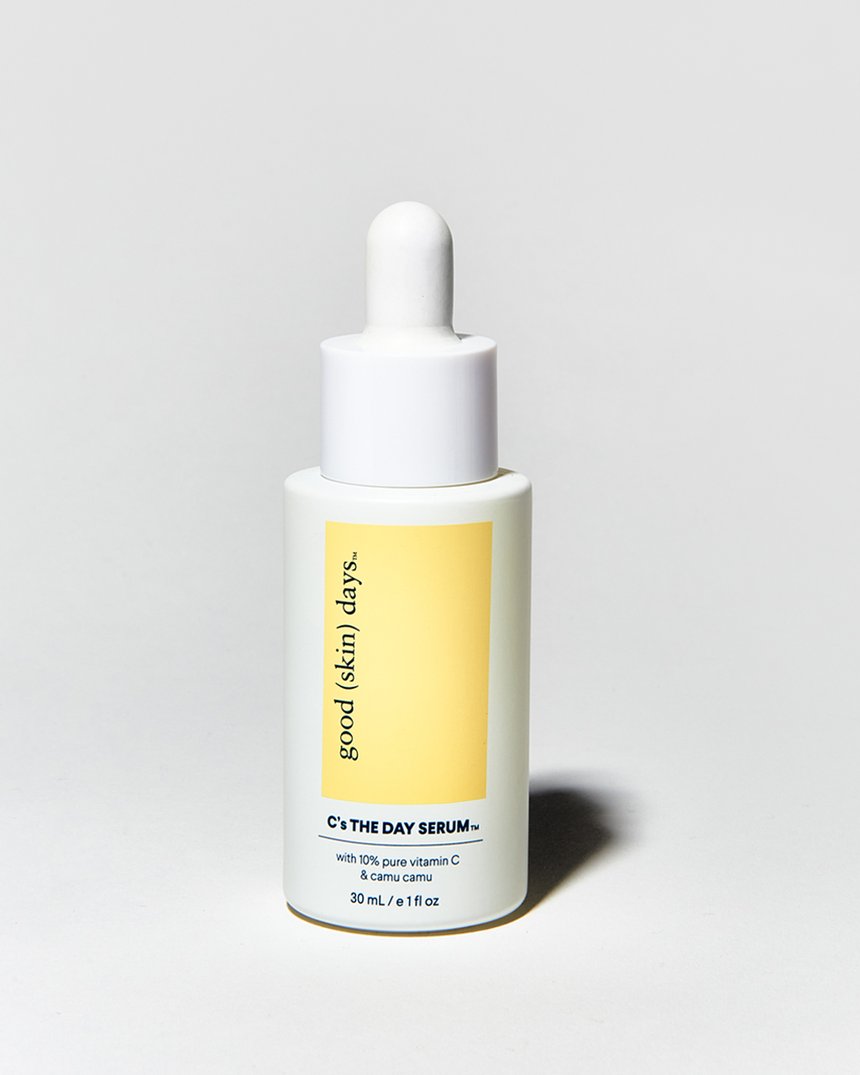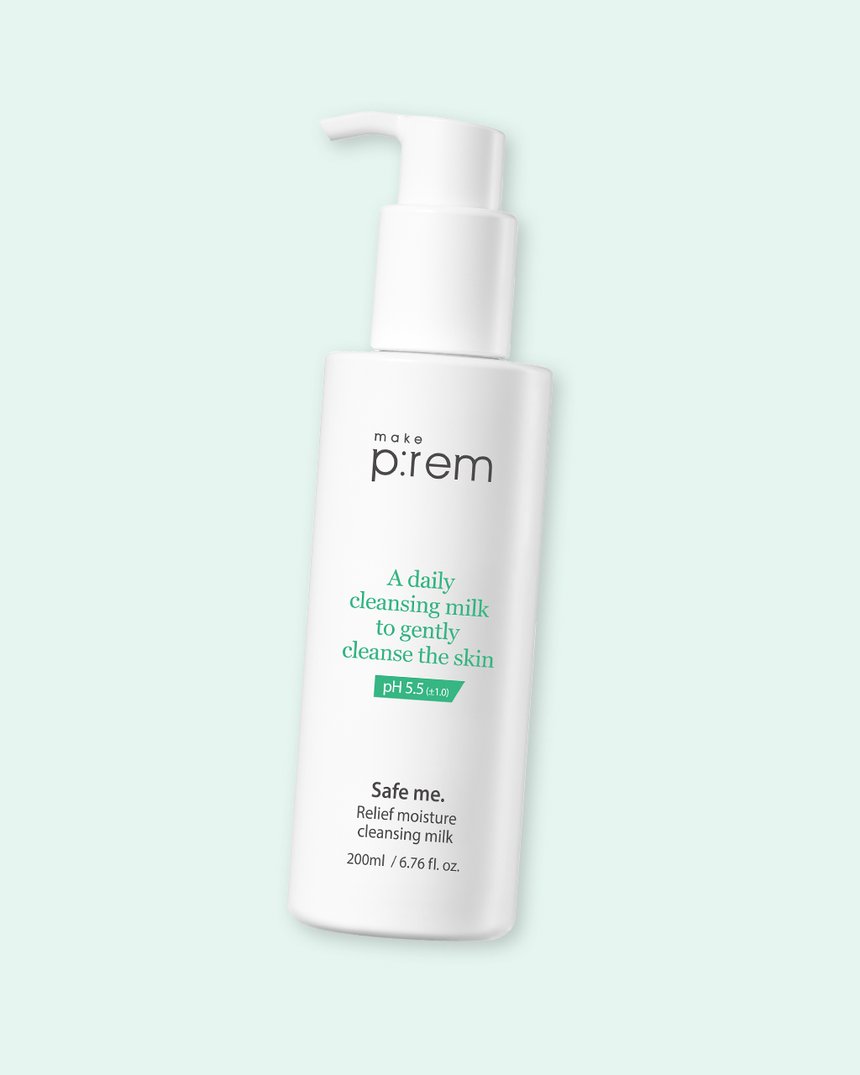The NY Mag writer’s debut book has changed more than just bookshelves.
It’s no secret that we’re big fans of New York Magazine’s resident beauty writer, Rio Viera-Newton.
Always up for the latest and greatest in skin care, we closely follow her highly curated product recommendations- quickly adding them to our digital carts as soon as her insights go live on The Strategist. (Hey, who doesn’t want a chance to achieve Newton’s ultimate year-round healthy glow?)
Although the beauty writer’s picks always excite us, it’s not her great taste in skin care products that keep us coming back to Rio’s writing (although these definitely don’t hurt). It’s her ability to cut through all the skin care noise and deliver understandable, engaging information that resonates with readers.
Newton processes dermatologist insight wrapped in scientific jargon and weaves it into fun, conversational bite sized skin care facts that the average skin care junkie and non-expert can easily absorb and act on. In her writing, she’s not a stuffy fact-relayer, but the fun beauty-obsessed older sister with great tips you wish you had.
On March 23rd, Newton took her ability to make skin care information fun to print with the publication of her first book, Let’s Face It.

Within the cute coffee-table book lies a myriad of skin care myth busting and complexion saving tips- it even offers a deep dive into Newton’s own skin journey, one that goes beyond that chronicled in the Google Doc that started it all
It seems Newton’s even gone further in her quest to “create a non intimidating, digestible guidebook that people can refer back to and rely on anytime skin care feels overwhelming or confusing”- providing cute, informational illustrations alongside harder to understand skin care concepts like pH levels.
We could wax poetic about Let’s Face It all day- but let’s see how Newton’s inaugural text resonates with three versed skin care lovers.
The Reviews
“Absolutely loved Rio’s book! Let’s Face It is packed with education and Rio’s writing (+ illustrations) made it so easy and fun to learn.
I loved how Rio described the five pillars of skin care and really enjoyed learning about the different ingredients that fall under each pillar. I’ve added the four facial massaging steps to my routine and my morning and evening routines have become even more meditative. As Rio says, think of your skincare routine as an opportunity to check in with yourself twice a day and throw out that magnifying mirror immediately!”
-Michelle
“Let’s Face It is everything I want skin care to be: fun, accessible, and educational. The trendy illustrations scattered throughout the book are a great way to catch the reader’s attention and deliver skin care info in even more accessible ways!
I’ve always struggled with relaying my skin concerns to dermatologists. Sometimes, it feels like we’re speaking different languages. The derm lingo tips Newton expanded on will definitely better prepare me for future doctors visits. Beyond language, I also loved her breakdown of the different textures and formulas of skin care products. After reading her exploration of cream and milk products, I incorporated the Make P:Rem Safe Me. Relief Moisture Cleansing Milk into my morning and night routines. This is no surprise though, I’ve been known to pick up a few Rio Viera-Newton recommendations in my day. Overall, her first book is a great read for beginners and experts alike.”
-Shannon
“As expected, I love this book. It’s super educational but is also a pleasure to read, as well as look at…I can’t resist a beautiful type face and cute illustrations! All in all, completely recommend to any new or long time skin care obsessive.”
-Talia
















